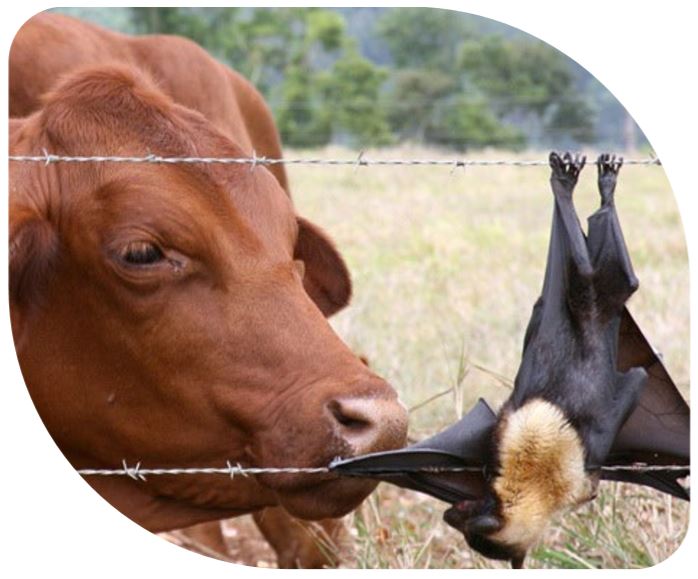Fencing that's friendly to wildlife
 SMALL FARMS NETWORK - AUTUMN 2021 - ENVIRONMENT
SMALL FARMS NETWORK - AUTUMN 2021 - ENVIRONMENT
By Cameron Butcher
Senior Land Services Officer - Natural Resource Management
P: 02 6051 2233 | M: 0428 217 271 | E: cameron.butcher@lls.nsw.gov.au

What is wildlife-friendly fencing?
Wildlife-friendly fencing allows wildlife to cross without getting caught or injured. Fences could be electrified or constructed using multi-strand high-tensile plain wire to ensure fences are stock-proof. Leaving a 30-50cm gap at the bottom of fences is another way we can assist some animals to cross without injury.
What can you do?
- Make your fences wildlife-friendly and encourage others to do likewise.
- Remove or cap barbed wire or install visual aids for wildlife.
- Where barbed wire must be used, try to avoid using it on at least the top two strands.
- Monitor fences in your local area and report any entangled animals to a wildlife rescue organisation.
You can learn more about wildlife-friendly fencing at this link.
Or this one.